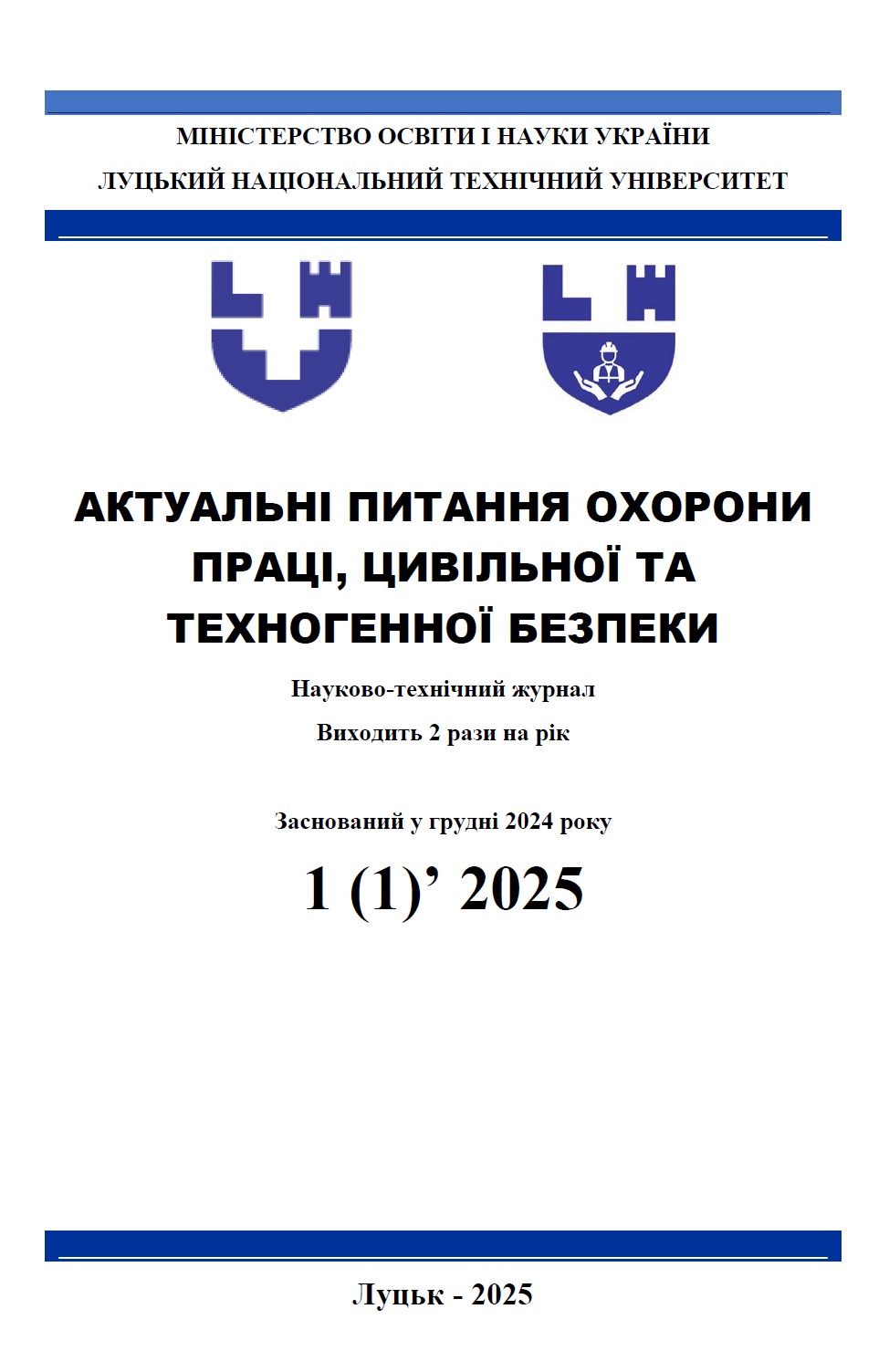RESEARCH ON THE MOVEMENT SPEED OF LOW-MOBILITY POPULATION GROUPS IN CIVIL PROTECTION SHELTERS
DOI:
https://doi.org/10.36910/3083-6255/1(1).2025.92-83Keywords:
computational experiment, low-mobility population groups, safety, evacuation, speed, barrier-free accessibility, civil protection shelterAbstract
Purpose. To accurately assess the entry and exit time of civil protection shelters, it was considered that the existing facilities were not adapted to the needs of persons with disabilities and other low-mobility population groups. A series of computer simulations were conducted to model descent and ascent under various conditions and group compositions. The simulations utilized a complex architectural layout to account for all distinctive features of human movement within a crowd.
Methods. The individual-flow movement calculation method was selected to estimate the descent and exit times. This method, in contrast to simplified analytical models, incorporates the heterogeneity of the human flow, considering varying mobility capacities and the projected human body area.
Results. Baseline computational experiments were performed to obtain reference values. The geometric parameters and boundary conditions of the evacuation routes were set in accordance with regulatory requirements.
Novelty. Simulations of descent and ascent under maximum permissible deviations from evacuation route design standards indicated that the movement time of low-mobility population groups increased by 15 and 22 seconds, respectively, compared to the baseline experiment. Furthermore, the introduction of smart assistive devices resulted in an almost twofold increase in movement time. These findings demonstrate that while smart assistive devices and additional equipment improve comfort and accessibility for low-mobility population groups, they considerably prolong the descent and ascent duration.
Practical significance. The study underscores the necessity of integrating adaptive design principles in civil protection shelters to balance accessibility with evacuation efficiency for vulnerable population groups.


